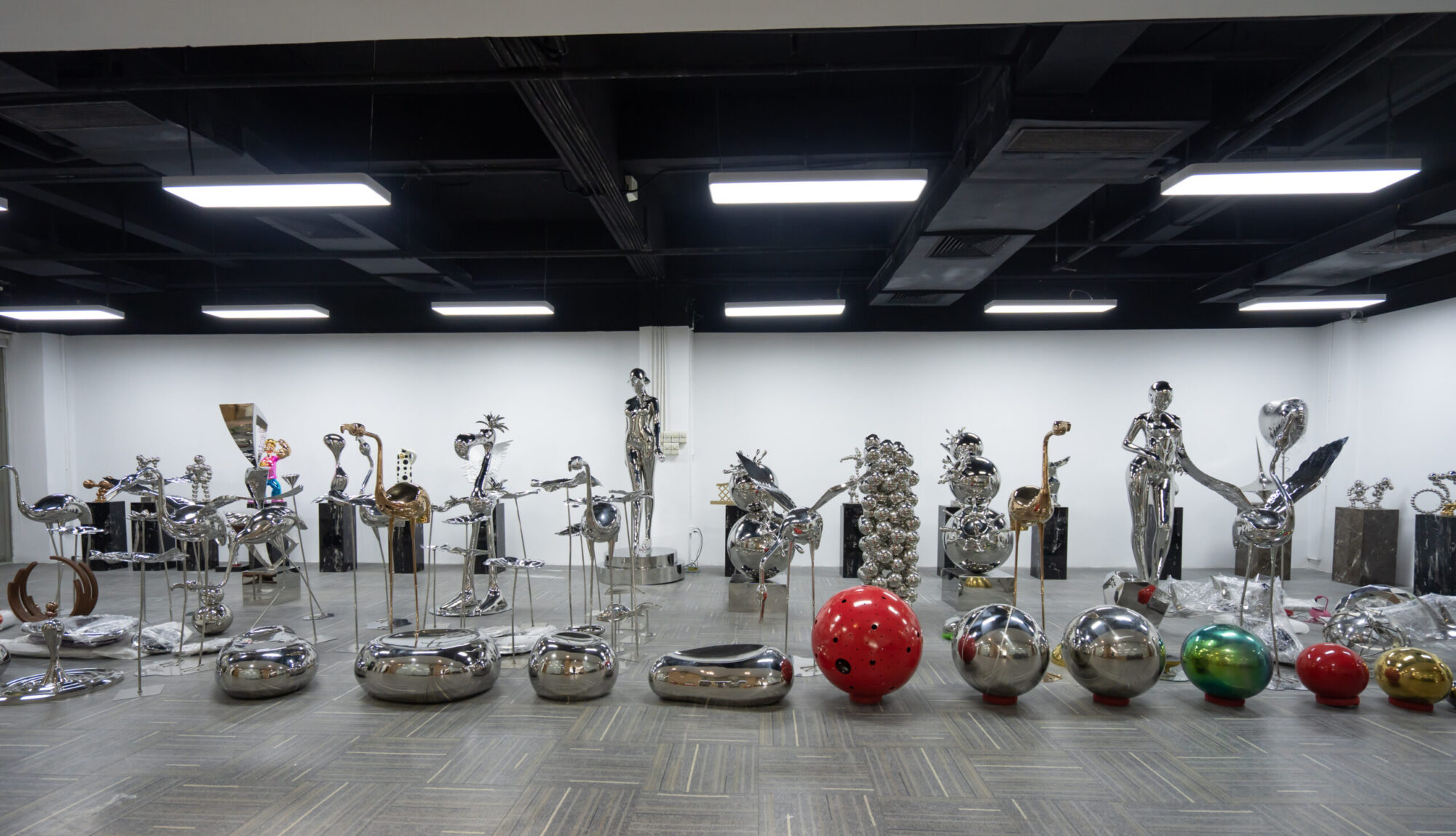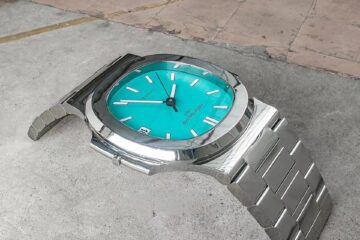The Manufacturing Process of Stainless Steel Sculptures

The application of stainless steel sculptures is becoming increasingly widespread.
(1) Design and Samples
The sculpture designer, based on the requirements of the producer and combined with the surrounding environmental factors, designed the intention or effect diagram. After repeated confirmation and modification by the producer, the specifications and sizes of the design drawing were determined. Then, the design drawing was deepened, marked with the size of each detail, and confirmed and archived by the manufacturer. At the same time, the processing and production of the sculpture factory were sought to enable the production of small samples, so that the producer could confirm the shape of the sculpture and the more intuitive sense of the sculpture, and make suggestions for the modification of the sculpture.
(2) Modeling
Based on the samples, the manufacturer enlarged them proportionally into one-to-one mold tires for mold inversion and the production of sculpture molds. Mold tires are divided into clay tires and foam tires. The mold tires were repeatedly modified and confirmed according to the production drawings to meet the requirements and become harder molds.
(3) Forging
According to the characteristics of the mold for the stainless steel sculpture, different parts of the mold were divided into several small pieces. These small pieces were marked and attached to the mold after cutting. According to the size and label of the sample paper, the material was opened based on the sample paper; the opened stainless steel plate was repeatedly forged and compared with the mold until it was completely consistent with the mold; according to the number of forgings, they were spliced together and welded firmly.
(4) Grinding
The grinding of stainless steel sculptures is generally divided into the following three steps: coarse grinding, medium grinding, and fine grinding. Coarse grinding: mainly using a sand mill to grind the rough surface of the workpiece to remove the uneven surface visible to the naked eye. Medium grinding: further polishing on the basis of coarse grinding to remove rough wear marks. Through this process, the surface of the workpiece gradually becomes smooth and shiny. Fine grinding: a fine polishing process to achieve the desired brightness.
(5) Surface Treatment
According to the production requirements, the surface of the stainless steel sculpture is waxed and polished. Stainless steel sculptures are one of the sculpture handicrafts, and their main material is stainless steel. Stainless steel has the advantages of alkali resistance, acid and alkali resistance, and corrosion resistance, and is often used in outdoor sculptures. In China, 201#, 304#, and 316# materials are often used in stainless steel sculptures. 304# stainless steel is a widely used stainless steel (chromium-nickel) with good corrosion resistance, heat resistance, low-temperature strength and mechanical properties, hot processing properties such as stamping and bending, and no heat treatment hardening phenomenon (operating temperature -196 – 800).
- sculpture art sculpture artists
- sculpture garden sculpture definition
- sculpture hospitality sculpture park








